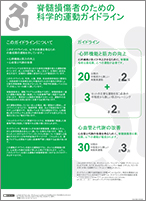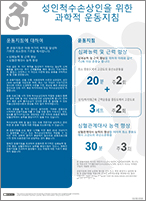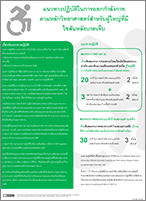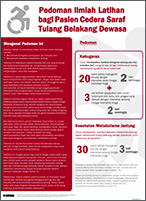Following the development of the international spinal cord injury (SCI) exercise guidelines in October 2017, it was acknowledged that the guidelines needed to be tailored to the language, research, needs and preferences of adults with SCI and SCI clinicians in Asian countries.
To address this need, in 2019, Dr Kyungsu Jung and leading medical doctor (Prof Fumihiro Tajima), from Wakayama Medical School approached Dr Jan van der Scheer to apply for a Kyoten Grant. Their collective vision was to include key members of the International SCI Exercise Guidelines Project (Dr Jan van der Scheer, Prof Kathleen Martin Ginis and Prof Vicky Goosey-Tolfrey), and to work collaboratively with Asian rehabilitation medical staff to translate and begin to understand the landscape to developing clinical practice guidelines for adults with a SCI for use in Asia.
The main purpose of this project was to verify the applicability of the International SCI Exercise Guidelines for Asian countries by reviewing the combined SCI exercise intervention literature from Japanese, Korean, Indonesian and Thai scientific journals. It also aimed to translate the English-written scientific guidelines into a Japanese scientific version, and support the translation into Korean, Indonesian and Thai scientific versions.
- Dr Kyungsu Jung (project coordinator) Researcher & Sub-Coordinator, Joint Usage/Research Center of Sport for Persons with Impairments, Wakayama Medical University
- Prof Fumihiro Tajima MD, Professor, Department of Rehabilitation Medicine, Wakayama Medical University
- Dr Jan van der Scheer, Loughborough University, UK
- Prof Kathleen Martin Ginis, University of British Columbia, Canada
- Prof Vicky Goosey-Tolfrey, Loughborough University, UK
Japan
Collaborators involved in translating the guidelines into Japanese include:
Dr Yukio Mikami MD, Associate Professor, Department of Rehabilitation Medicine, Wakayama Medical University
Dr Hiroshi Shinohara, Associate Professor, Department of Physical Therapy, Takarazuka University of Medical and Health Care
Dr Takafumi Sakai, Associate Professor, Department of Physical Therapy, Takarazuka University of Medical and Health Care
Professor Futoshi Obata, Professor, Department of Physical Therapy, Takarazuka University of Medical and Health Care
Local contacts
If you have any questions or would like to discuss disseminating the guidelines in Japan please contact:
Wakayama Medical University
Dr Yukio Mikami
Associate Professor and Physiatrist

Wakayama Medical University was established in 1948 and is one of the Japanese public universities located in Wakayama City next to Osaka Prefecture. So far, Wakayama Medical University has the School of Medicine and the School of Health and Nursing Science and, and in 2021, the School of Pharmaceutical Science will be opened. Through comprehensive knowledge and highly specialised academic research, the University develops highly qualified human resources and contributes to the improvement of community medicine and health and welfare.
www.wakayama-med.ac.jp
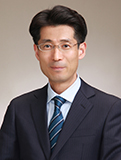
Professor Yukio Mikami was born in Hiroshima in 1969 and graduated from the School of Medicine, Tohoku University in 1995. He completed his PhD at Tohoku University Graduate School of Medicine in 2002. Currently, he is the Associate Professor at the Department of Rehabilitation Medicine, Wakayama Medical University, Wakayama, Japan. He is the Board-Certified member of the Japanese Association of Rehabilitation Medicine and the Japanese Orthopedic Association, and his specialties are musculoskeletal rehabilitation and sports rehabilitation.
Email: ymikami@wakayama-med.ac.jp
South Korea
Collaborators involved in translating the guidelines into South Korean include:
Professor Seung Hyun Yoon MD, Department of Physical Medicine and Rehabilitation Ajou University School of Medicine
Dr Kun Ho Lee, Lecturer and Researcher, Department of Prescription and Rehabilitation of Exercise, Dankook University
Local contacts
If you have any questions or would like to discuss disseminating the guidelines in South Korea please contact:
Ajou University Hospital
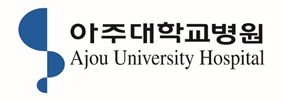
Ajou University Hospital, opened in 1994, carrying the medical philosophy of offering the best services to its patients and the most up-to-date information to local healthcare professionals. It aims to contribute to medical development in Korea through advanced research. Presently, the hospital sees a daily average of 1,000 in-patients and 5,000 out-patients. Ajou University Hospital has 1,086 beds, 33 specialised departments and 9 special centres.
http://global.ajoumc.or.kr
Professor Seung Hyun Yoon MD
Professor and Physiatrist
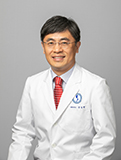
Seung-Hyun Yoon is a Professor at Ajou University Medical Center and a physiatrist. His areas of interest include rehabilitation for sports and musculoskeletal injury (particularly shoulder, knee and spine pain) multiple trauma, cancer, geriatrics and spinal cord injury encompassing functional training and neurogenic bowel and bladder.
Email: yoonsh@ajou.ac.kr
Thailand
Collaborators involved in translating the guidelines into Thai include:
Dr Chayaporn Chotiyarnwong MD, Clinical instructor, Department of Rehabilitation Medicine, Faculty of Medicine Siriraj Hospital, Mahidol University
Dr Napatpaphan Kanjanapanang MD, Department of Rehabilitation Medicine, Faculty of Medicine Siriraj Hospital, Mahidol University
Dr Pannika Prachgosin MD, Department of Rehabilitation Medicine, Faculty of Medicine Siriraj Hospital, Mahidol University
Dr Phairin Laohasinnarong MD, Department of Rehabilitation Medicine, Faculty of Medicine Siriraj Hospital, Mahidol University
Dr Siraprapa Limprasert MD, Department of Rehabilitation Medicine, Faculty of Medicine Siriraj Hospital, Mahidol University
Local contacts
If you have any questions or would like to discuss disseminating the guidelines in Thailand please contact:
Faculty of Medicine Siriraj Hospital, Mahidol University
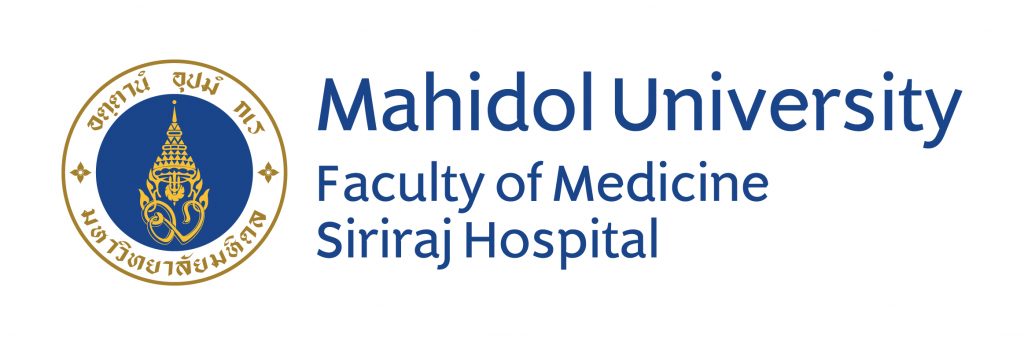
The Faculty of Medicine Siriraj Hospital, Mahidol University, Thailand was established in 1888. The hospital was the first medical school in Thailand. The Siriraj Hospital, the largest teaching medical centre in Thailand, provides exemplary medical services with not only state-of-the-art technology, but also interdisciplinary, comprehensive and compassionate care. Presently, the hospital see 3.8 million out-patients per year with 2,154 inpatient beds capacity.
Mahidol University has been ranked in World University Ranking by Subject Medicine from QS Ranking (#101-150) and Times Higher Education (#126-150) as the No.1 University in Thailand for eight consecutive years (QS Ranking), and five consecutive years (THE) based on academic reputation, student-to-staff ratio, research and citation, international outlook and employer reputation.
Chayaporn Chotiyarnwong MD
Clinical Instructor

Chayaporn Chotiyarnwong has been a clinical instructor at Department of Rehabilitation Medicine, Faculty of Medicine Siriraj Hospital, Mahidol University, Thailand since 2014. Last year she received a scholarship from Siriraj Hospital to work as Clinical Research fellow in Neurological Rehabilitation at Sheffield Teaching Hospital, NHS foundation trust, UK for a year. Her areas of interest include neurological rehabilitation, spinal cord injury, multiple sclerosis, stroke and swallowing rehabilitation.
Email: hedhom2000@hotmail.com
Indonesia
Collaborators involved in translating the guidelines into Indonesian include:
Dr Damayanti Tinduh MD, Physiatrist, Department of Physical Medicine and Rehabilitation, Faculty of Medicine, Universitas Airlangga Dr Soetomo General Academic Hospital
Dr Indrayuni Lukitra Wardhani MD, Physiatrist, Department of Physical Medicine and Rehabilitation, Faculty of Medicine, Universitas Airlangga Dr Soetomo General Academic Hospital
Dr Martha Kurnia Kusumawardani MD, Physiatrist, Department of Physical Medicine and Rehabilitation, Faculty of Medicine, Universitas Airlangga Dr Soetomo General Academic Hospital
Dr Ditaruni Asrina Utami MD, Physiatrist, Department of Physical Medicine and Rehabilitation, Faculty of Medicine, Universitas Airlangga Dr Soetomo General Academic Hospital
Dr Inggar Narasinta MD, Department of Physical Medicine and Rehabilitation, Physiatrist, Department of Physical Medicine and Rehabilitation, Faculty of Medicine, Universitas Airlangga Dr Soetomo General Academic Hospital
Local contacts
If you have any questions or would like to discuss disseminating the guidelines in Indonesia please contact:
Faculty of Medicine Universitas Airlangga
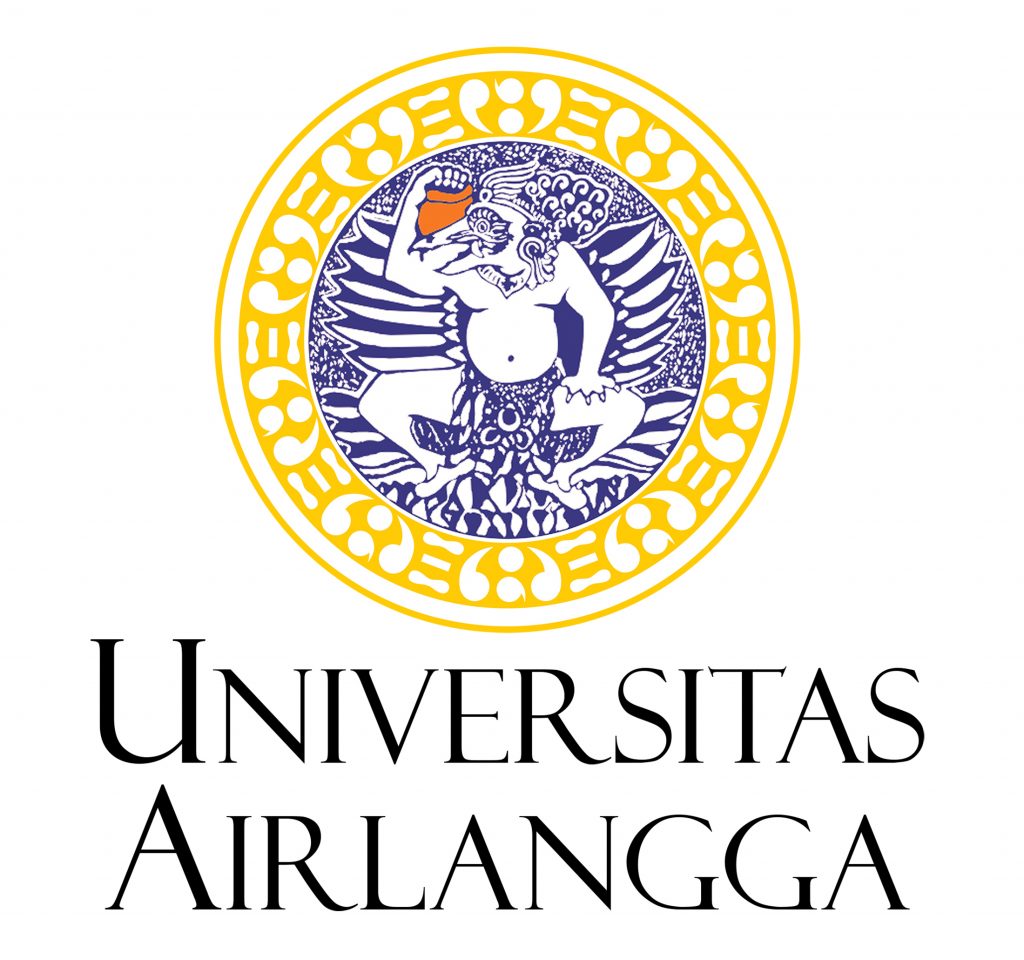
Universitas Airlangga is located in Surabaya, the second largest city in Indonesia. The history of the Faculty of Medicine, Universitas Airlangga begins with the establisment of the NIAS (Netherlandsch Indiche Artsen School) in 1913, and officially changed to Universitas Airlangga in 1954. Currently Universitas Airlangga has University Hospital (Universitas Airlangga Hospital) as a teaching hospital beside Dr. Soetomo Academic General Hospital.
Dr Damayanti Tinduh MD
Head of Research and Development
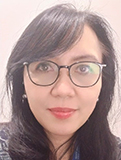
Dr Damayanti Tinduh MD, was born in Surabaya-Indonesia in 1971 and graduated from the School of Medicine, Universitas Airlangga in 1996. In 2006, she graduated from Physical Medicine and Rehabilitation Education Program, Universitas Airlangga. In 2012 she completed her PhD at Postgraduate Program, Universitas Airlangga. Currently, she is the Head of Research and Development of Dr Soetomo General Academic Hospital, Coordinator of International Networking and Research Collaboration of Physical Medicine and Rehabilitation Department Faculty of Medicine Universitas Airlangga, Surabaya-Indonesia. She is the Board-Certified member of the Indonesian Association of Rehabilitation Medicine and the Collegium of Indonesian Physical Medicine and Rehabilitation Education Program, and her specialties are Musculoskeletal & Sport Injury Rehabilitation and Regenerative Rehabilitation.
Dr Soetomo General Academic Hospital
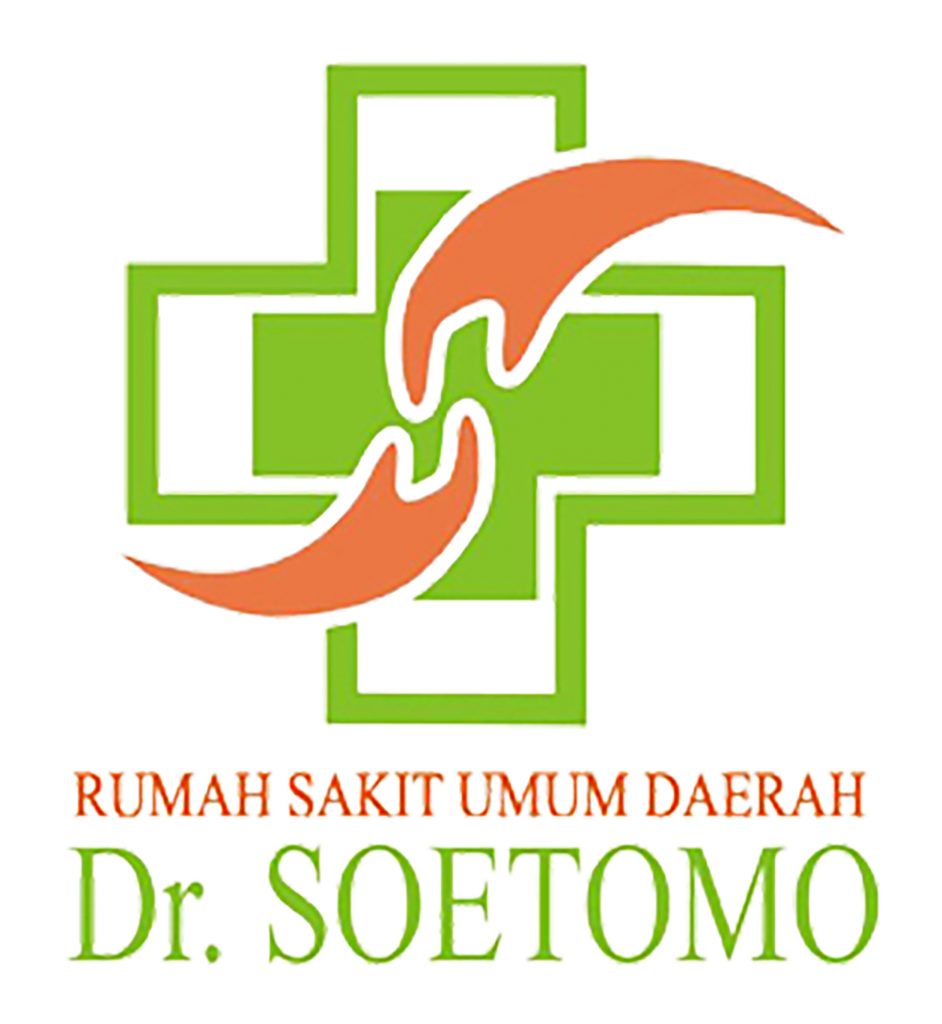
Dr Soetomo General Hospital in Surabaya was built during the Dutch Colonial period on October 29th 1938, namely Rumah Sakit Centrale Burgerlijke Ziekenhuis (CBZ). In 1943-1945 the name of the hospital was changed into Army Hospital, and it was renamed to Marine-Hospital in 1945-1949. In 1950, this hospital become a Central General Hospital and officially named Dr Soetomo hospital in 1964. Since 1979 Dr Soetomo Hospital become a type A as a centre for health services, educations, and researches; and also as a referal hospital especially for eastern Indonesia region. Dr Soetomo Hospital is currently one of academic hospital and as the main teaching hospital for the Faculty of Medicine, Airlangga University.
What our collaboration has highlighted
Many methods exist for prescribing and monitoring exercise intensity, however, the knowledge and practical use of these in persons with a spinal cord injury had not been investigated prior to Prof Vicky Tolfrey and Dr Mike Hutchinson’s continued on-going collaborations in Asia.
Our study adds new knowledge by highlighting that:
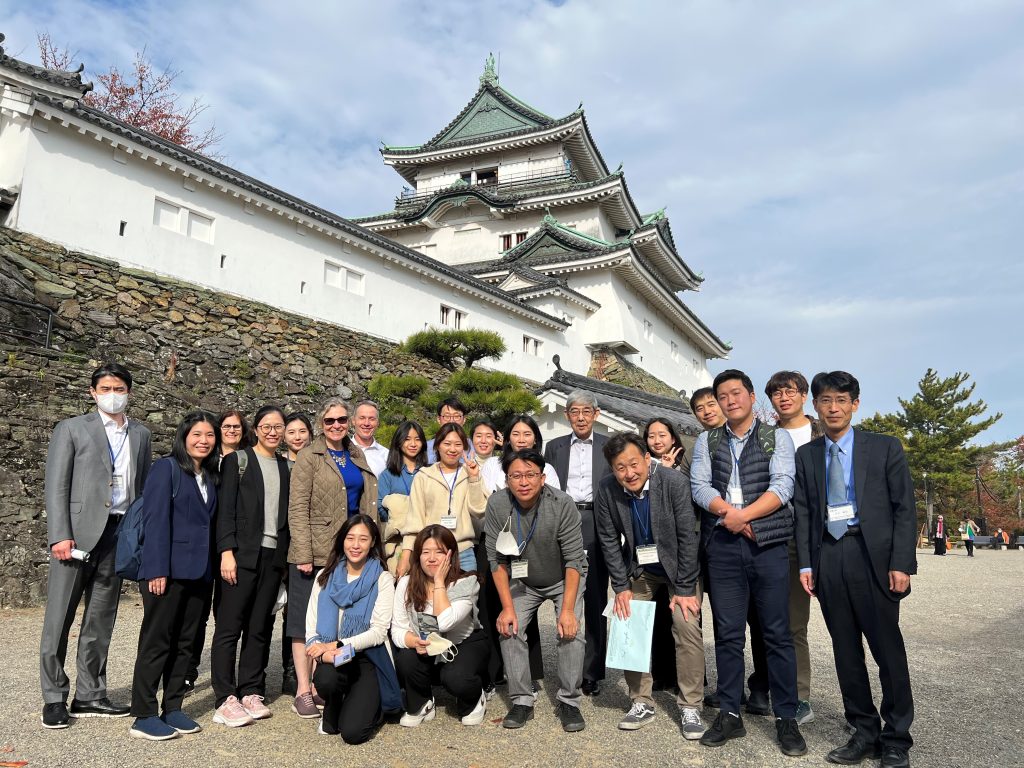
- Japanese healthcare professionals (HCPs) ranked ‘exercise intensity’ as their most important concept of the frequency, intensity, time and type principle, with the adults with lived spinal cord injury (SCI) highlighting ‘frequency’ as their most important concept.
- The terms ‘moderate’ and ‘vigorous’ which have been used in the exercise guidelines for many different population groups (including persons with SCI) do not provide sufficient information for prescribing suitable exercise intensity for adults with SCI from Asian nations.
